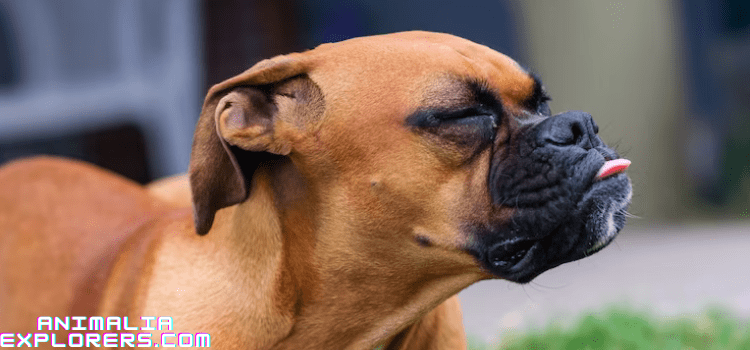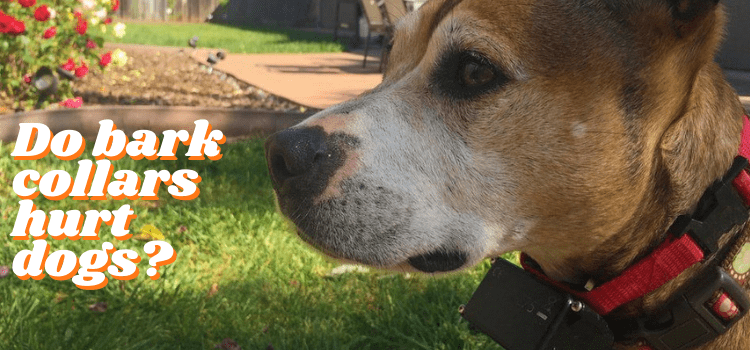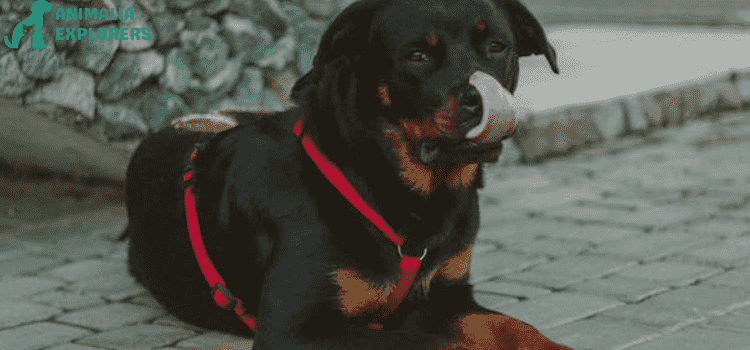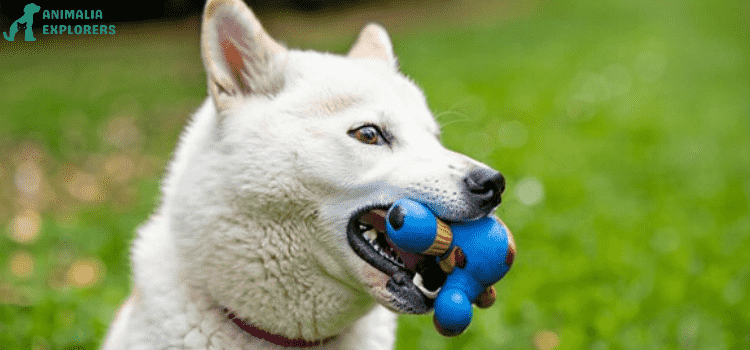A Comprehensive Guide: How to Treat Collar Sores on Dogs
Are you concerned about collar sores on your furry friend? No need to fret! We have a comprehensive guide to help you effectively treat these pesky irritations. Our guide includes understanding the causes behind collar sores, expert tips, and homemade remedies to help your pup feel better and get that tail wagging again. So sit back, grab a cup of coffee, and let’s dive into this essential knowledge for every dog owner!
Introduction

If your dog has a sore on his neck, it’s important to take action quickly to treat the problem and prevent it from getting worse. Several different methods can be effective in treating collar sores, depending on the severity of the issue.
In mild cases, you may be able to simply clean the sore with an antiseptic solution and apply a topical ointment to help speed healing. More serious cases may require antibiotics or other medication, as well as special care to keep the area clean and protected.
If your dog is constantly scratching at his neck or seems to be in pain, it’s important to take him to the vet for an examination. Sores can often become infected, so it’s important to get treatment as soon as possible.
What are Collar Sores?

Collar sores are a common problem for dogs, especially those who wear collars all the time. The constant rubbing of the collar can cause irritation and sores, which can be painful and uncomfortable for your dog.
There are a few things you can do to treat collar sores and prevent them from happening in the first place. First, make sure that your dog’s collar is the right size and not too tight. This will allow for proper circulation and prevent rubbing.
If your dog does get a sore, you can try using a topical ointment or cream to soothe the area. You can also try giving your dog a short break from wearing a collar to allow the sore to heal.
If you think your dog may have an allergy to his collar, try switching to a different type of collar or material. And finally, make sure to consult with your veterinarian if the sores persist or seem to be getting worse.
Causes of Collar Sores
There are many potential causes of collar sores in dogs. The most common cause is an ill-fitting collar that rubs and irritates the skin. Other possible causes include allergies to materials in the collar, contact dermatitis, and underlying medical conditions such as mange or fungal infections.
If your dog has developed a sore spot on their neck, it is important to have them examined by a veterinarian to determine the cause. Once the cause is determined, appropriate treatment can be initiated. In most cases, collar sores can be treated at home with simple self-care measures. However, if the sore is caused by an underlying medical condition, more aggressive treatment may be necessary.
Symptoms of Collar Sores
If your dog is experiencing any of the following symptoms, they may have collar sores:
red, irritated skin around the neck
– Excessive scratching or licking at the affected area
-Hair loss around the neck
-Crusting or scabbing of the skin
-swelling or inflammation of the skin
If you suspect that your dog has collar sores, it is important to take them to the vet for an examination. The vet will be able to determine if the sores are indeed caused by the collar and will also be able to recommend a course of treatment.
Treatments for Collar Sores

There are a few effective treatments for collar sores in dogs. The first is to clean the area with mild soap and water. You can also use an antibacterial ointment to help prevent infections. If the sore is severe, you may need to apply a topical steroid cream to reduce inflammation. In some cases, your veterinarian may prescribe an oral antibiotic to help clear the infection.
- Home Remedies
As a pet owner, it’s important to be aware of the various health concerns that can affect your dog. One condition that is relatively common in dogs is known as a collar sore. A collar sore is a raw and irritated patch of skin that typically forms where the dog’s collar rubs against its neck. If not appropriately treated, collar sores can become infected and lead to more serious health problems.
Fortunately, there are several effective home remedies that you can use to treat your dog’s collar sore. One popular remedy is to apply a small amount of coconut oil to the affected area. Coconut oil has natural antibacterial and anti-inflammatory properties that can help soothe irritation and speed up the healing process. Another option is to make a compress using black tea bags. Simply steep two tea bags in boiling water for five minutes, then remove them and allow them to cool slightly before applying them to the sore. The tannic acid in the tea will help to reduce inflammation and promote healing.
If your dog’s collar sore does not improve within a few days of using home remedies, it’s important to take them to see a veterinarian. They will be able to determine if the sore is infected or if there is an underlying medical condition that needs to be treated.
- Veterinary Treatments
There are a variety of veterinary treatments that can be used to effectively treat collar sores in dogs. The most common and effective treatment is antibiotics. Antibiotics can be applied topically or given orally. If the sore is large or infected, oral antibiotics may be necessary. Another common treatment for collar sores is the use of anti-inflammatory medication. This can help reduce the swelling and pain associated with the sore. In some cases, surgical intervention may be necessary to remove the sore.
Prevention of Collar Sores

Collar sores can be painful and frustrating for both dogs and their owners. Luckily, there are a few simple steps that can be taken to prevent these sores from developing in the first place.
First, make sure that your dog’s collar is the right size. A too-tight collar can rub against the skin and irritate it. Second, check the collar regularly for signs of wear and tear. If it looks like it is starting to fray or rub against the skin, replace it with a new one.
Third, give your dog regular breaks from wearing a collar. This will allow the skin to rest and heal if it has become irritated. Talk to your veterinarian about any underlying health conditions that could be causing or exacerbating collar sores. By taking these simple steps, you can help keep your dog comfortable and free from painful sores.
FAQs
1. Why does my dog have sores under his collar?
Sores under a dog’s collar may occur due to friction, chafing, or irritation caused by the collar rubbing against the skin. It can also result from allergies, an improper collar fit, or skin infections.
2. Why is my dog’s neck raw from the collar?
A raw neck from a collar can be due to excessive friction, a too-tight collar, or allergic reactions to collar materials. In severe cases, it can cause open sores or wounds on the dog’s neck.
3. How do you prevent shock collar sores?
Preventing shock collar sores involves ensuring a proper fit, using padding or protective covers, monitoring your dog’s neck for any signs of irritation, and providing breaks from the collar to allow the skin to heal.
4. Can a dog collar cause an infection?
Yes, a dog collar can potentially cause an infection if it rubs against the skin, causing irritation or open wounds. Bacteria can enter through these openings, leading to localized skin infections. It’s essential to keep the collar and the dog’s neck clean to prevent infection.
Conclusion
We hope this guide has provided you with all the information you need to treat collar sores on your dog. Remember, these sores can be painful, and it’s important that you take all necessary steps to make sure they heal properly. With proper treatment from a veterinarian and regular cleaning of the area, your pup should be back to its normal self in no time!







Really Appreciate this post, how can I make is so that I receive an email every time there is a fresh post?
Thanks for your appreciation, kindly signup with your email & you’ll get notification when there will be new blog.
It’s exhausting to find knowledgeable people on this subject, but you sound like you realize what you’re talking about! Thanks